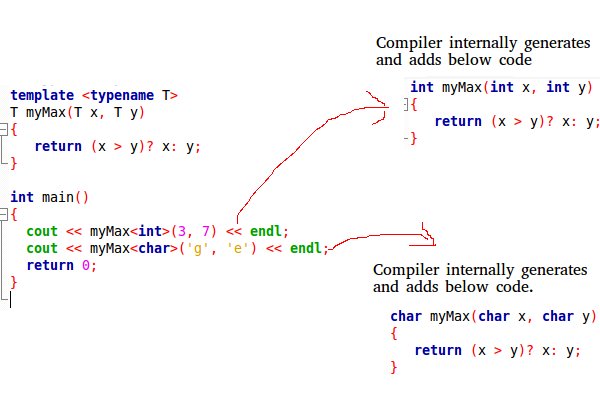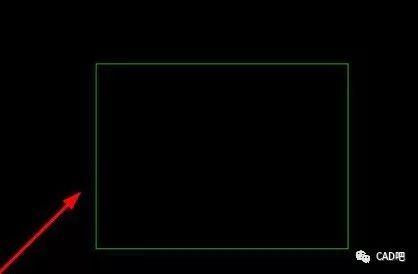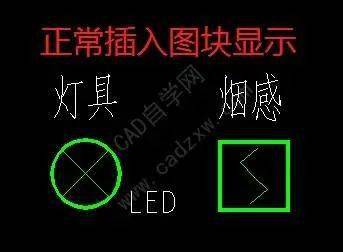模板是简单但非常强大的C ++工具。简单的想法是将数据类型作为参数传递,这样我们就不需要为不同的数据类型编写相同的代码。例如,软件公司可能需要sort()用于不同的数据类型。我们可以编写一个sort()并将数据类型作为参数传递,而不是编写和维护多个代码。
C ++添加了两个新的关键字来支持模板:'template'和'typename'。第二个关键字始终可以替换为关键字“class”。
模板如何工作?
模板在编译时扩展。这就像宏。不同的是,编译器在模板扩展之前进行类型检查。这个想法很简单,源代码只包含函数/类,但编译后的代码可能包含相同函数/类的多个副本。

功能模板我们编写了一个可用于不同数据类型的通用函数。函数模板的示例有sort(),max(),min(),printArray()
#include <iostream>
using namespace std;
// One function works for all data types. This would work
// even for user defined types if operator '>' is overloaded
template <typename T>
T myMax(T x, T y)
{
return (x > y)? x: y;
}
int main()
{
cout << myMax<int>(3, 7) << endl; // Call myMax for intaTRwUxDA
cout << myMax<double>(3.0, 7.0) << endl; // call myMax for double
cout << myMax<char>('g', 'e') << endl; // call myMax for char
return 0;
}
输出:
7
7
G
下面是使用CaTRwUxDA ++中的模板实现冒泡排序的程序:
// CPP code for bubble sort
// using template function
#include <iostream>
using namespace std;
// A template function to implement bubble sort.
// We can use this for any data type that supports
// comparison operator < and swap works for it.
template <class T>
void bubbleSort(T a[], int n) {
for (int i = 0; i < n -www.58yuanyou.com 1; i++)
for (int原由网 j = n - 1; i < j; j--)
if (a[j] < a[j - 1])
swap(a[j], a[j - 1]);
}
// Driver Code
int main() {
int a[5] = {10, 50, 30, 40, 20};
int n = sizeof(a) / sizeof(a[0]);
// calls template function
bubbleSort(a, 5);
cout << " Sorted array : ";
for (int i = 0; i < n; iwww.58yuanyou.com++)
cout << a[i] << " ";
cout << endl;
return 0;
}
输出:
分类阵列:10 20 30 40 50
类模板与函数模板一样,当类定义与数据类型无关的内容时,类模板很有用。可用于LinkedList,BinaryTre,Stack,Queue,Array等类。
以下是模板Array类的简单示例。
#include <iostream>
using namespace std;
template <typename T>
class Array {
private:
T *ptr;
int size;
public:
Array(T arr[], int s);
void print();
};
template <typename T>
Array<T>::Array(T arr[], int s) {
ptr = new T[s];
size = s;
for(int i = 0; i < size; i++)
ptr[i] = arr[i];
}
template <typename T>
void Array<T>::print() {
for (int i = 0; i < size; i++)
cout<<" "<<*(ptr + i);
cout<<endl;
}
int main() {
int arr[5] = {1, 2, 3, 4, 5};
Array<int> a(arr, 5);
a.print();
return 0;
}
输出:
1 2 3 4 5







